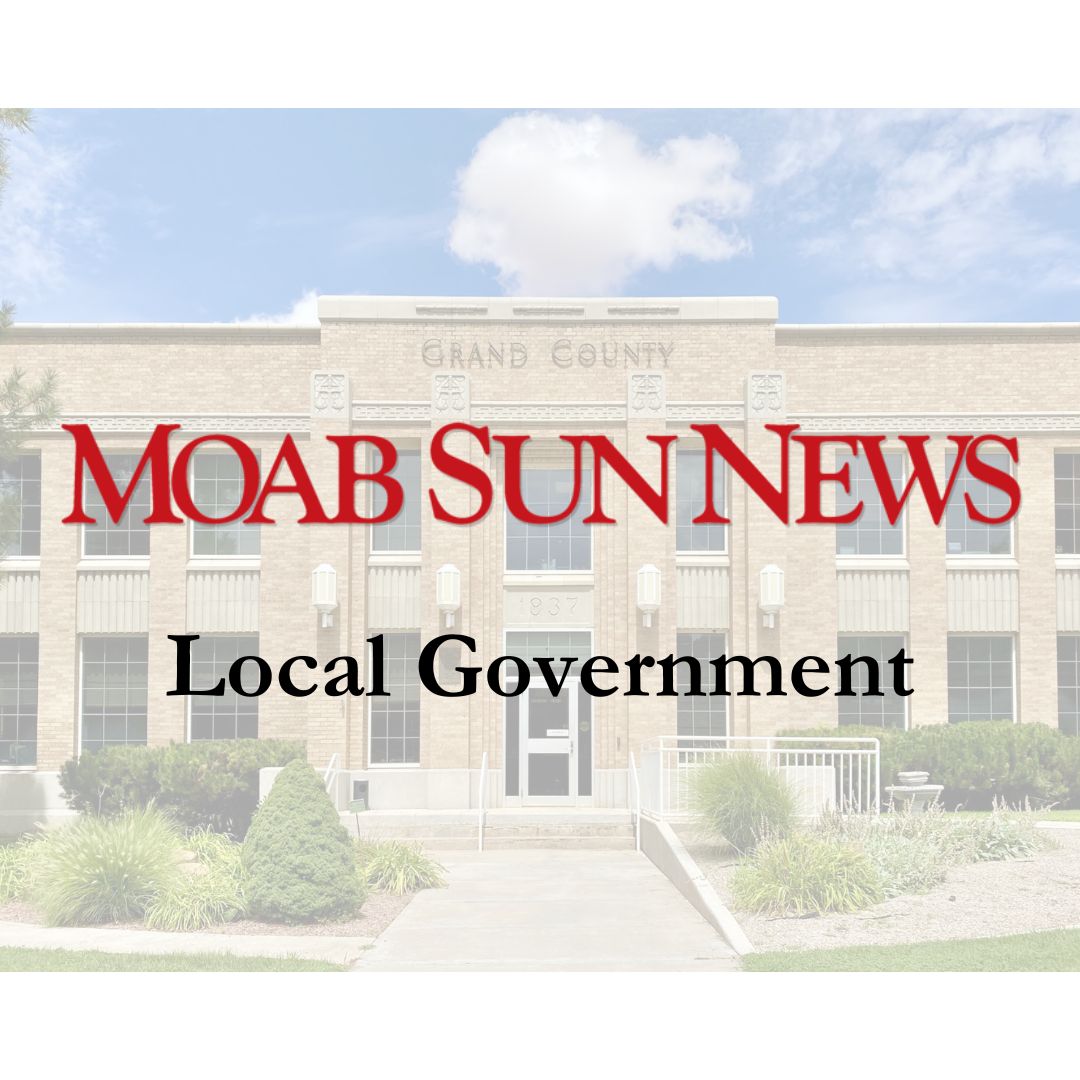At its Oct. 19 meeting, the Grand County Commission heard several presentations from county departments, neighboring agencies, and community entities.
Grand County Public Library update
Grand County Public Library Director Carrie Valdes gave an update on library activities and plans. The library continued to offer services through curb-side pick up while the building was closed due to the pandemic, and later advanced to by-appointment browsing visits. The library building is now open for regular hours; masks are still required inside. A new wireless printing service allows patrons to print from their own devices outside the library building, and the library offers mobile hotspots, Chrome books, and iPads for checkout.
The library will soon be hosting a hydroponic garden project in its boardroom. The Youth Garden Project and BEACON Afterschool will use the garden for youth education activities.
“I might sneak in there and steal some of their spinach,” said Valdes.
She noted that before the pandemic, flooding necessitated the replacement of part of the library’s roof. The remaining 70% or so of the roof will need to be replaced within the next few years, she said.
Housing Authority
Ben Riley, director of the Housing Authority of Southeastern Utah, gave the commission an update on the nonprofit’s activities and plans. Eleven new homes were recently completed in the Wingate Village subdivision through the organization’s “self-help” program, in which buyers can access low-interest housing loans by contributing to the construction of their own homes.
HASU anticipates closing a deal in early November to construct new homes in the Arroyo Crossing subdivision. Arroyo Crossing is owned by the Moab Area Community Land Trusts, whose mission is to maintain affordable housing in perpetuity. It achieves that mission by retaining ownership of the land on which affordable homes are built. HASU and the MACLT had hoped the first homes in Arroyo Crossing could have begun this spring, but legal hurdles delayed groundbreaking.
“A lot of unexpected kinks had to be worked out,” said Riley.
In the future, Riley said HASU hopes to expand its office and staff, and start to address an identified need in the community to provide housing for households who earn 80-120% of the Area Median Income (AMI). Many residents looking to buy homes make too much money to qualify for HASU programs, but still can’t find housing in their price range. Riley also said HASU hopes to apply to build multi-family homes in Arroyo Crossing as early as this spring.
Moab Museum update
Forrest Rogers, director of the Moab Museum, discussed the newly updated museum. The renovated facility reopened to the public this summer. During the building’s long closure, the museum continued to engage the community through online programming, and also spent the time digitizing oral histories and photo collections and devoting attention and professional conservatorship to beloved items like the Urbanek topographical map sculpture and the Hidden Valley Load Basket.
Now that the museum is open again, visitation is up, Rogers reported.
“Attendance for the first four months has exceeded the attendance in the first eight months of 2018,” he said. Revenues have also exceeded projections.
The museum continues to host culturally enriching exhibits and events. In the coming weeks, Hopi Katsina carvers will visit the museum and give demonstrations and perspectives on the cultural significance and artistry of the colorful figurines.
Uranium pile dwindling
The Uranium Mill Tailings Remedial Action project (UMTRA) on the north end of Moab is a years-long, federally funded effort to move radioactive tailings left over from the activities of the old Atlas Uranium Mill, which closed in 1984. Over the last nine years, 12 million tons of tailings have been shipped by rail from their location next to the Colorado River to lined permanent disposal containers near Crescent Junction.
Russell McCallister, federal cleanup director for the UMTRA project, attended the commission meeting to report that another million tons have been moved. That leaves four million tons yet to be moved; officials hope to see the last of the tailings removed by 2025. McCallister also noted that crews have worked 1800 days with no time lost due to injuries. Officials hope that next year, crews will be able to move over a million tons.
The Grand County Commission meets on the first and third Tuesday of every month at 4 p.m. Meetings are streamed online at the Grand County Youtube channel. Schedules, agendas and opportunities for public comment can be found at www.grandcountyutah.net. Residents can email commission@grandcountyutah.net to automatically reach each County Commission member, the commission administrator, the associate commission administrator, and the county attorney.



